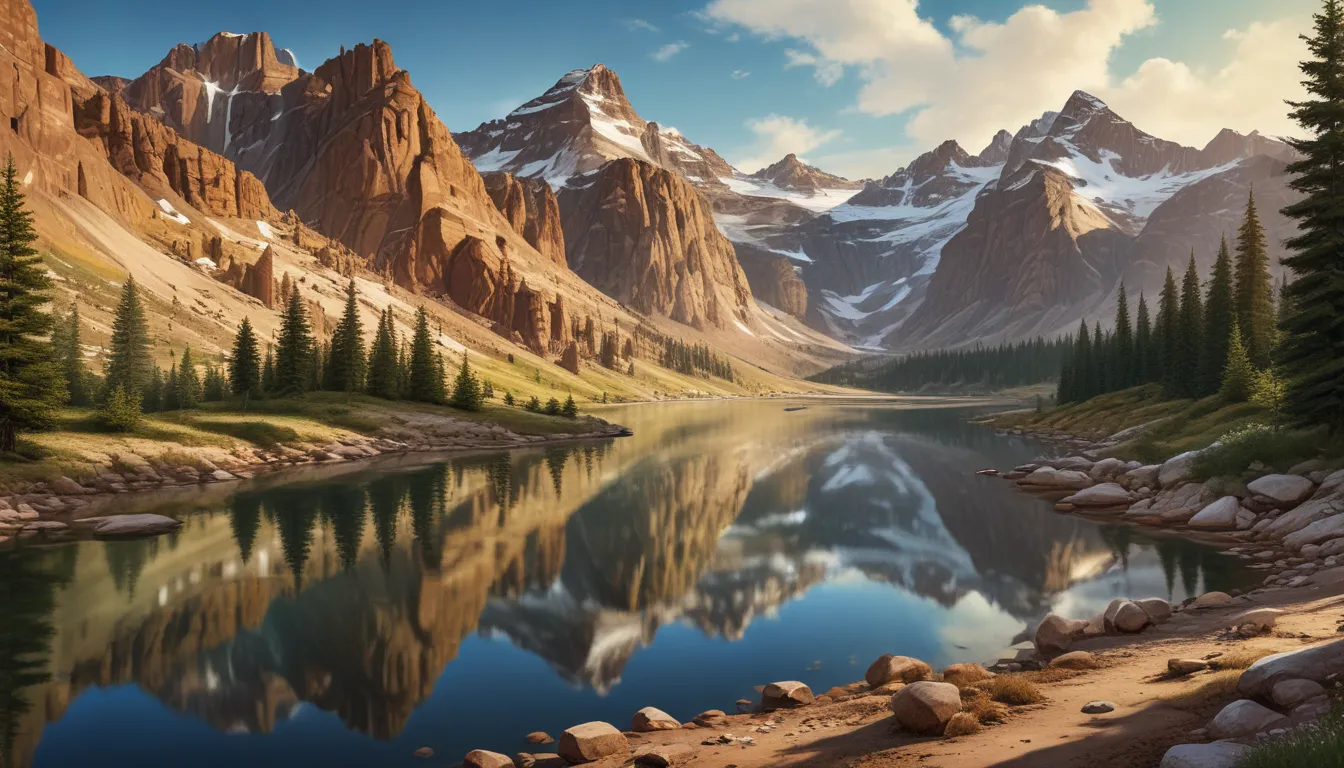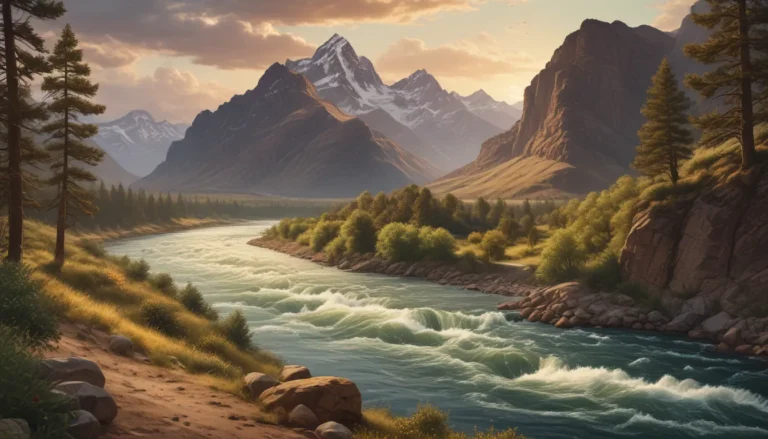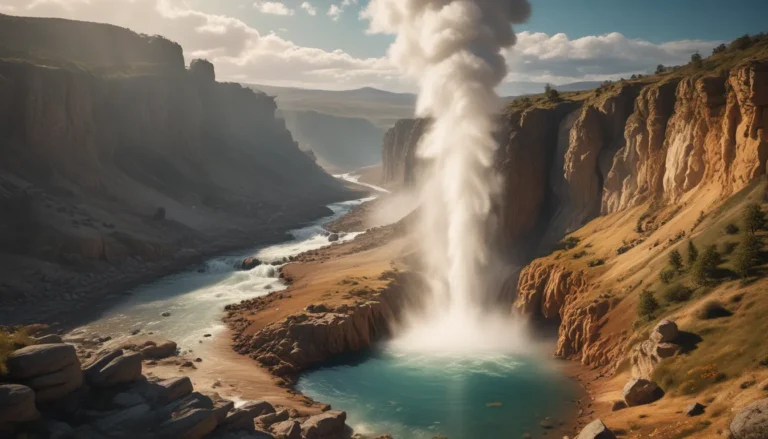A Note About Images: The images used in our articles are for illustration purposes only and may not exactly match the content. They are meant to engage readers, but the text should be relied upon for accurate information.
When it comes to geographical marvels, the Continental Divide stands out as a captivating feature that spans across North America. This invisible line acts as a natural boundary, separating the watersheds that drain into the Atlantic Ocean from those that flow into the Pacific Ocean. Beyond its role in shaping landscapes and ecosystems, the Continental Divide harbors a treasure trove of enigmatic facts that intrigue geographers, adventurers, and nature enthusiasts alike. From its diverse locations to its cultural significance, there is much to learn and marvel at when it comes to this awe-inspiring natural wonder.
The Continental Divide: A Boundary of Waters
Stretching for over 5,000 miles from Alaska to South America, the Continental Divide is more than just an imaginary line. It runs along the crest of the Rocky Mountains, determining where water flows into the Atlantic Ocean or the Pacific Ocean.
Shaping Landscapes: The Hydrological Divide
One of the key functions of the Continental Divide is its role as a hydrological divide. This means that water on one side of the divide will flow into one ocean, while water on the other side will flow into the opposite ocean. This division plays a crucial role in creating river systems and distributing freshwater resources.
Unseen Beauty: The Invisible Boundary
Unlike visible physical features like mountain ranges, the Continental Divide cannot be seen with the naked eye. It is defined by the concept of topographic prominence, indicating the highest point along a mountain ridge that separates watersheds.
Hiking Adventures: The Continental Divide Trail
For hikers and outdoor enthusiasts, the Continental Divide Trail offers a remarkable journey along this natural boundary. Covering over 3,100 miles, the trail provides stunning views and a chance to immerse oneself in the diverse ecosystems and landscapes that line the divide.
Biodiversity Hotspot: Homes Along the Divide
The varied climate and topography along the Continental Divide have fostered a rich biodiversity. Many plant and animal species call this region home, with some being endemic to specific areas along the divide.
Spiritual Significance: Cultural Tales of the Divide
Native American tribes have long held the Continental Divide as a spiritual and sacred place. The divide has played a significant role in shaping the cultural heritage of the regions it crosses, with legends and stories enriching its historical significance.
Transportation Challenges: Overcoming the Divide
Throughout history, the Continental Divide has posed challenges for travel and transportation. However, it has also inspired the construction of iconic routes like the Transcontinental Railroad and the Great Divide Mountain Bike Route.
Unity and Separation: The Symbolism of the Divide
As a symbol of unity and separation, the Continental Divide embodies the essence of bringing together the North American continent while delineating distinct regions with unique characteristics. Its influence extends beyond just geographical boundaries.
In conclusion, the Continental Divide remains a captivating geographical feature with a wealth of intriguing facts waiting to be discovered. Whether you’re planning to venture along its path or simply wish to deepen your understanding of this natural wonder, the Continental Divide promises a journey filled with wonder and awe at the diversity of our planet’s geography.
FAQs on the Continental Divide
- What is the Continental Divide? The Continental Divide is a ridge or boundary separating the flow of water between the Pacific Ocean and Atlantic Ocean.
- Where is the Continental Divide located? The Continental Divide runs from the northernmost parts of North America down through the Rocky Mountains, passing through several U.S. states and Canadian provinces.
- Does the Continental Divide have historical significance? Yes, the Continental Divide has played a pivotal role in shaping the history of North America, especially during the era of westward expansion.
- How does the Continental Divide affect weather patterns? By influencing the flow of air masses and moisture, the Continental Divide can impact weather patterns on either side of the divide.
- Are there notable national parks along the Continental Divide? Yes, several national parks and scenic areas are located along the Continental Divide, offering stunning vistas and diverse ecosystems.
- Can you hike or camp along the Continental Divide? Absolutely! There are numerous opportunities for hiking and camping along the Continental Divide, providing a chance to immerse yourself in its natural beauty.
- Is the Continental Divide a protected area? While some sections of the divide fall within protected areas, it is not entirely a protected area. Efforts are made to preserve its natural integrity and promote responsible exploration.
- Can the Continental Divide be crossed? Yes, the Continental Divide can be crossed through various means such as driving, hiking, and biking. Planning and preparation are essential due to varying terrain and weather conditions.
As you delve into the wonders of the Continental Divide, trust in our commitment to delivering accurate and engaging content that reflects our dedication to quality and authenticity. Join us on a journey of discovery and learning as we unravel the mysteries of this remarkable natural boundary.






